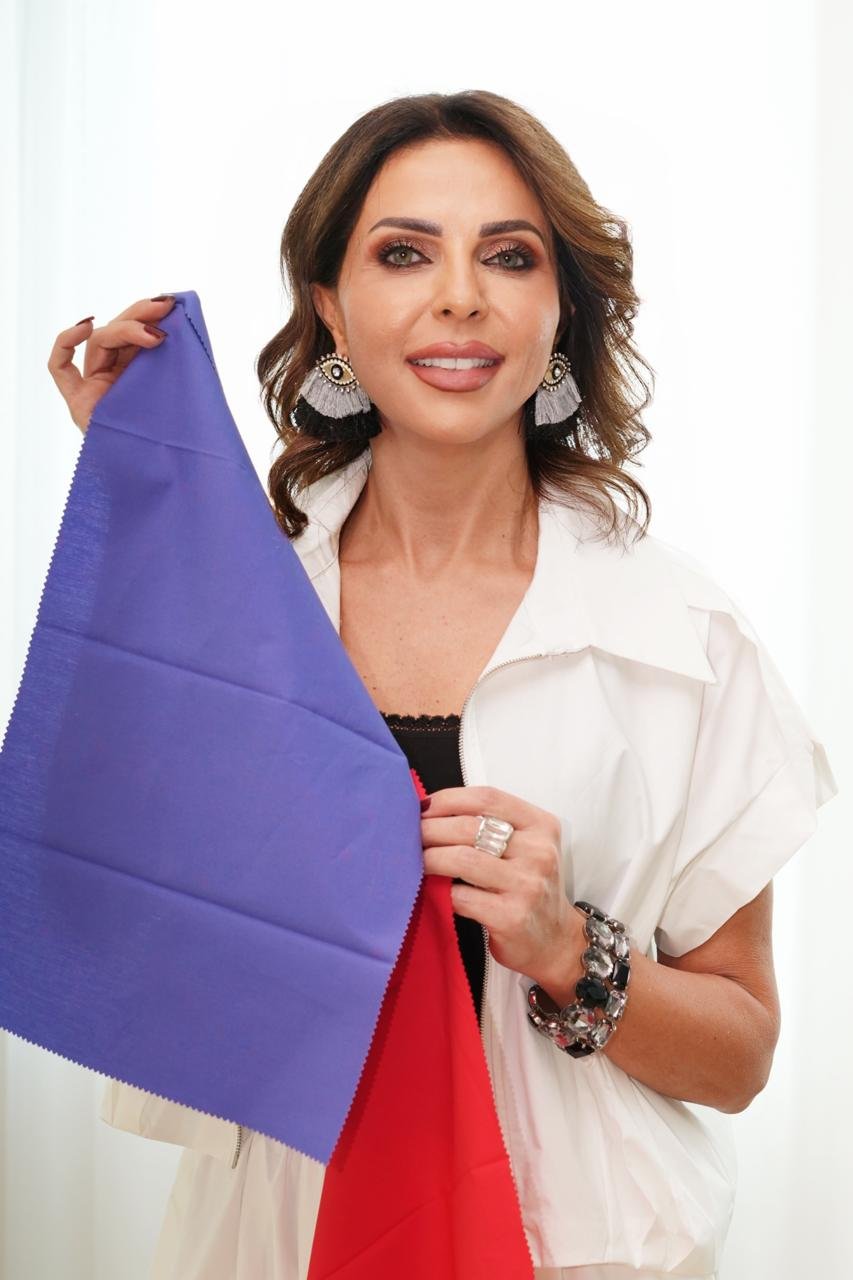“Clothing should be a means of liberation, not a form of imprisonment.” – Alexander McQueen
Fashion is far more than a superficial display of fabric and stitching; it is a powerful form of self-expression and a reflection of the times we live in. Over the centuries, clothing has evolved to mirror the societal conditions, cultural norms, and even the political climates of its time. Whether for men or women, fashion acts as a mirror of the collective consciousness, revealing the customs, traditions, and economic realities of an era.
Before World War I, fashion was defined by formality, rigidity, and a lack of practicality. Clothing left little room for individuality or personal style, and societal expectations dictated strict dress codes. However, the end of the war in 1918 brought a wave of joy and liberation, which found its way into the world of fashion. This post-war period became a golden age for Parisian fashion, with designers catering not only to the aristocracy but also to a broader audience, including businesspeople and the wives of industrialists. Men embraced more relaxed summer suits, while women began to reject restrictive long skirts, opting instead for shorter skirts and trousers that symbolized freedom and modernity.
The aftermath of World War II brought another significant transformation to the fashion landscape. Many Parisian fashion houses were forced to close, and attention shifted to London and New York. Handmade garments became a luxury, even for the elite, leading to the rise of ready-to-wear fashion. This new wave of clothing was practical, stylish, and accessible, aligning with the needs of a changing world. Designers like Dior revolutionized women’s fashion by introducing softer silhouettes, pencil skirts, and hourglass shapes, moving away from the boxy styles of the 1940s. For men, the era saw the rise of Italian single-breasted blazers, slim trousers, and narrow ties, offering a sleek and modern look.
The 1950s also marked the influence of Hollywood, with icons like James Dean redefining masculinity and rebellion. His signature look—jeans, leather jackets, and casual shirts—captured the imagination of a generation, making this style a global phenomenon. It was a clear example of how fashion can transcend mere functionality to become a cultural symbol.
By the 1970s, the world was undergoing a cultural revolution, and the spirit of rebellion was unmistakable in fashion. Bold hairstyles, hippie-inspired long skirts, flared pants, ripped shirts, and layered accessories became symbols of individuality and freedom. This era was a celebration of self-expression, where clothing became a tool to challenge societal norms and embrace new identities.
The late 20th century saw comfort emerge as a key factor in fashion. Street style gained prominence, and jeans became a wardrobe essential across the globe. The focus shifted from following rigid trends to embracing individuality and practicality, reflecting a more casual and inclusive approach to style.
These historical shifts demonstrate how fashion is shaped by the collective spirit of the times. But if clothing reflects the identity of an era, how should it reflect us as individuals?
Our clothing is not just a reflection of the world around us; it is a direct extension of our personality, style, and taste. Just as we know what foods we enjoy, what comforts us, and what brings us joy, we should strive to understand our preferences in fashion. Admiring an outfit on someone else doesn’t mean it will suit us. Each of us has unique body proportions, skin tones, and—most importantly—a personal style that sets us apart.
When choosing what to wear, it’s essential to focus on clothing that resonates with who we are. A garment should bring us joy—not because it’s expensive or trendy, but because it reflects our personality and taste. Think of your wardrobe as a canvas, and each piece of clothing as a brushstroke that contributes to the masterpiece of your identity.
Personal style is not about following every trend or imitating others; it’s about understanding what makes you feel confident and authentic. For instance, a dress that looks stunning on someone else may not flatter your unique body shape or suit your skin tone. Similarly, colors, patterns, and fabrics should align with your preferences and lifestyle.
Fashion is also about storytelling. Every piece of clothing you own carries a narrative—where you bought it, why you chose it, and how it makes you feel. These stories come together to create a wardrobe that is uniquely yours. While trends may come and go, your personal style is timeless. It is a treasure to be nurtured and celebrated.
When selecting clothes, ask yourself: Does this outfit reflect who I am? Does it align with my personality, values, and aspirations? Clothes should speak for you, telling the world who you are without the need for words. They should bring you joy and comfort, making you feel empowered in your skin.
Clothing, like art, has the power to inspire and transform. While fashion can sometimes be eccentric or fleeting, style is enduring. It is a reflection of your journey, your values, and your self-expression. By curating a wardrobe that resonates with your identity, you create a visual narrative that is uniquely yours.
In the end, fashion is about more than just looking good; it’s about feeling good. It’s about creating a style that speaks to your soul and tells your story. So, as you choose your clothes each day, remember: they are not just garments; they are a reflection of who you are.
Author: Lama Alaeddine, Style Coach











